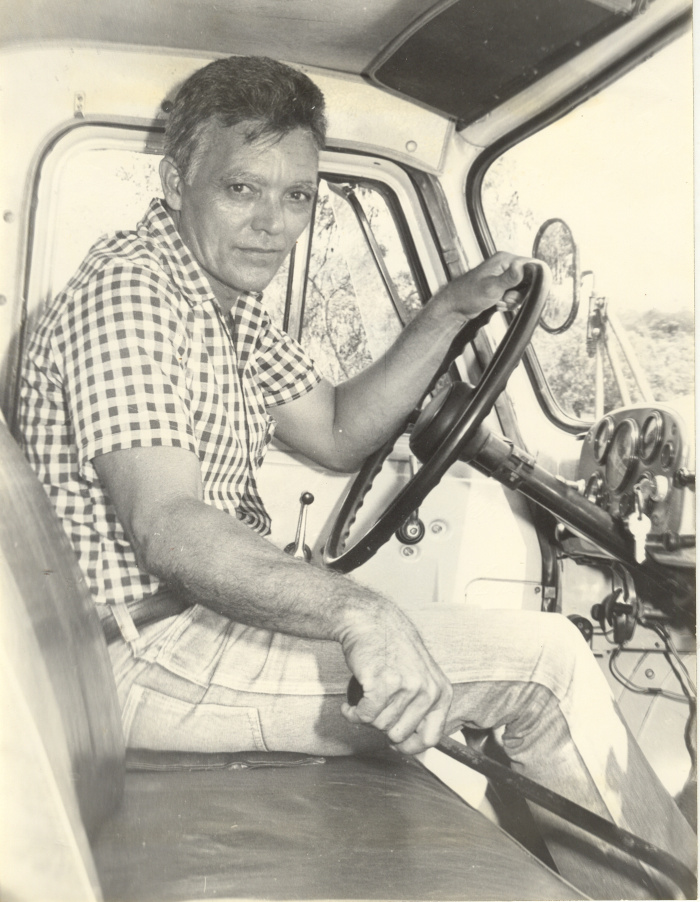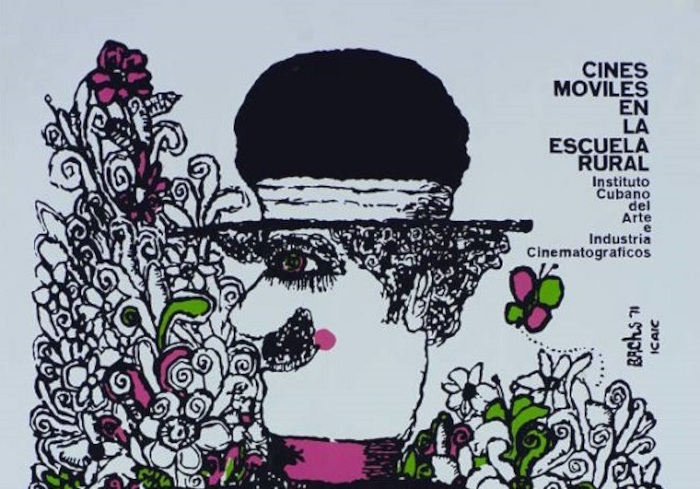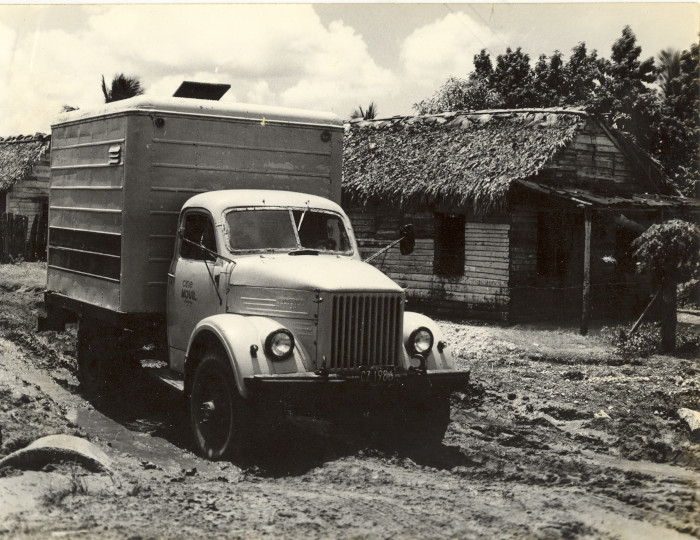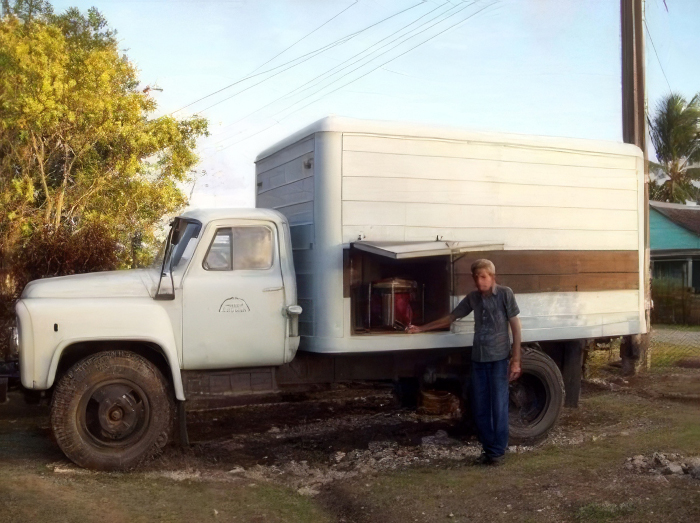CAMAGÜEY.- The screening in a community of works from the historical archive of the Cuban Cinematheque, transported in the last truck of the Camagüey mobile cinema will be the opening action of the summer season of the Provincial Cinema Center (CPC) on June 30th.
Camino de Maraguán has been the location chosen for this tribute to the memory of one of the projects undertaken in 1961 for audiovisual literacy and the training of a critical spectator in environments far from the cultural epicenters of the city.
“The truck will work again. It is the only one of its kind in Cuba. It is no longer possible to project with their equipment, we will use digital technology,” Liany Hernández, CPC programming specialist, clarified to the press.
He insisted on the intention of rescuing that spirit of rapprochement with images, which is why they designed a journey through rural communities, and a billboard for the second and third Thursdays in the Martí Park of this city.
Hosted at the 2018 En Foreground film club event.
The rescue of mobile cinema in Camagüey has as its main dedication the 65th anniversary of the Cuban Institute of Cinematographic Art and Industry (Icaic), which through this program took cinema to the most remote corners of Cuban geography.
The programming included at least three daily screenings in different locations and the tour covered schools, parks, hospitals, factories, farms. They arrived in Soviet trucks models GAZ-63, YAZ-450, GAZ-51 and jeeps.
In a text published in the magazine Cine Cubano, Héctor García Mesa, founder of the Cine Móvil program, says that they adapted the bodywork of these vehicles in Icaic workshops.
 Rafael Hernández Hernández, projectionist driver, of the Camagüey veterans.
Rafael Hernández Hernández, projectionist driver, of the Camagüey veterans.
“The cars were equipped with a 16 mm Ukraine projector, with a projection throw of 13.60 m, a 2.63 m x 1.60 m roll-up vinyl screen, the amplification horn, and its corresponding accessories, such as splicers, winders, glues, extra reels for winding, cans, and its own 110-volt electric power plant,” he explained.
The mobile cinema was the protagonist of the documentary For the first time (1968), by Octavio Cortázar. The director recorded the emotions and reactions of those spectators in that kind of initiation act with cinema.
The proposal combined educational documentaries, the Icaic Latin American Newscast, cartoons and films that are now cult films such as Citizen Kane, The Gold Rush, Singing in the Rain, The Samurai, Rashomon, Lucía, Manuela and The Adventures of Juan Quin Quin .
 Work by Eduardo Muñoz Bach.
Work by Eduardo Muñoz Bach.
The projectionist-driver Alberto Sedeño, a resident of the town of Lugareño, Minas, is popular from Camagüey. He was linked to the moving image since he was 22 years old.
In 2018 he was 74 years old and was in charge of putting into operation the 16 millimeter projection equipment treasured by the CPC. It happened as part of the film club event in Foreground.
The truck that will roll this summer is Alberto Sedeño's car, Camagüey's researcher Armando Pérez-Padrón confirmed to Adelante Digital: “that truck exists because of him, for a long time, around 70 years old, he not only lived sheltered here, assisted in the nourished by the kindness of María Mercedes, then director of the Vicentina de la Torre Academy of Art, but she maintained the vehicle with her own efforts, the mechanics, the bodywork and painting, she gave it sandpaper with ciforé stones, she traveled to Havana to ask Icaic for help for tires and batteries, etc.”
Another famous projectionist is Rafael Hernández. In 1975 his mobile cinema was chosen for an exhibition of achievements of the Revolution at the Cuba Pavilion. "There his team was praised by Raúl Castro, then minister of the FAR, and he commented how good it would be to take one of those cars to Angola. In a few days, Rafael and his truck were mounted on a ship, heading to Angolan lands," Pérez-Padrón added.
He further claims that the last prints of 16 mm film were received in 1988, and that by 1991, the restrictions of the Special Period affected the fuel for mobile cinema. However, “the vault of 16 mm films that we treasured for years here is the only one preserved in the country.”

There are two works about the questioning of its disappearance: As for the first time (2002), made by Waldo Ramírez and Luis A. Guevara, then members of Televisión Serrana; and Immobile (2009), by the young Cienfuegos native Luis Miguel Cruz.
A documentary is pending that pays tribute to the men and women of Camagüey, who for more than 40 years gave life to that generous project, a film project with the truck as the protagonist.
Translated by Linet Acuña Quilez



